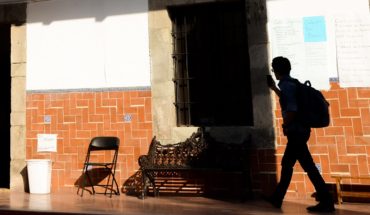
The raw image in the video showing the policeman with his knee around George Floyd’s neck was almost twice as long as the “Tacet” left in the instruction of the score that John Cage presented in 1952 in New York before an audience muted by the tease or imminent possibility that such silence would be impossible, as it brought us back to the consciousness of ourselves. This radical gesture of suspended time, possible to understand from poetics and art, has been countless times executed at different extreme moments in human history. That breath or ancestral spirit, which we do not know how much it weighs or how it looks, in an instant impossible to name, was stripped of his right to language, and all black. White noise.
That laughter, or terror in the face of silence, occurs in an absurdly minimal and slowed lapse, reminding us of the time gaps we need to keep breathing. 4:33 minutes of silence, is the instruction for musicians to leave their instruments inactive: on the legs or the floor of the scene. 8:46 is the time of filming that I could not finish seeing, in the temporality of a citizen who has had the air removed and enough humanity to denigrate him against the cement of a street in Minneapolis.
On the territory of the We Newen Autonomous Community, Alejandro Treuquil was mortally wounded in an ambush. The time-lapse of the Werkén was transferred to collipulli hospital where he died, installs a new unit of measurement, where the numerical figures of 4:33 and 8:46 are repeated and now merged into Mapuche time and in the other times of much@s. On May 25 in the United States and on June 4 in Chile, two human beings, representing much of humanity denied, censored, subjected to political, racial, gender and class violence; subjected to hunger, thirst and cold, they were plundered from the future, which for us is this present whose silence is impossible.
The content poured into this opinion column is the sole responsibility of its author, and does not necessarily reflect the editorial line or position of El Mostrador.





